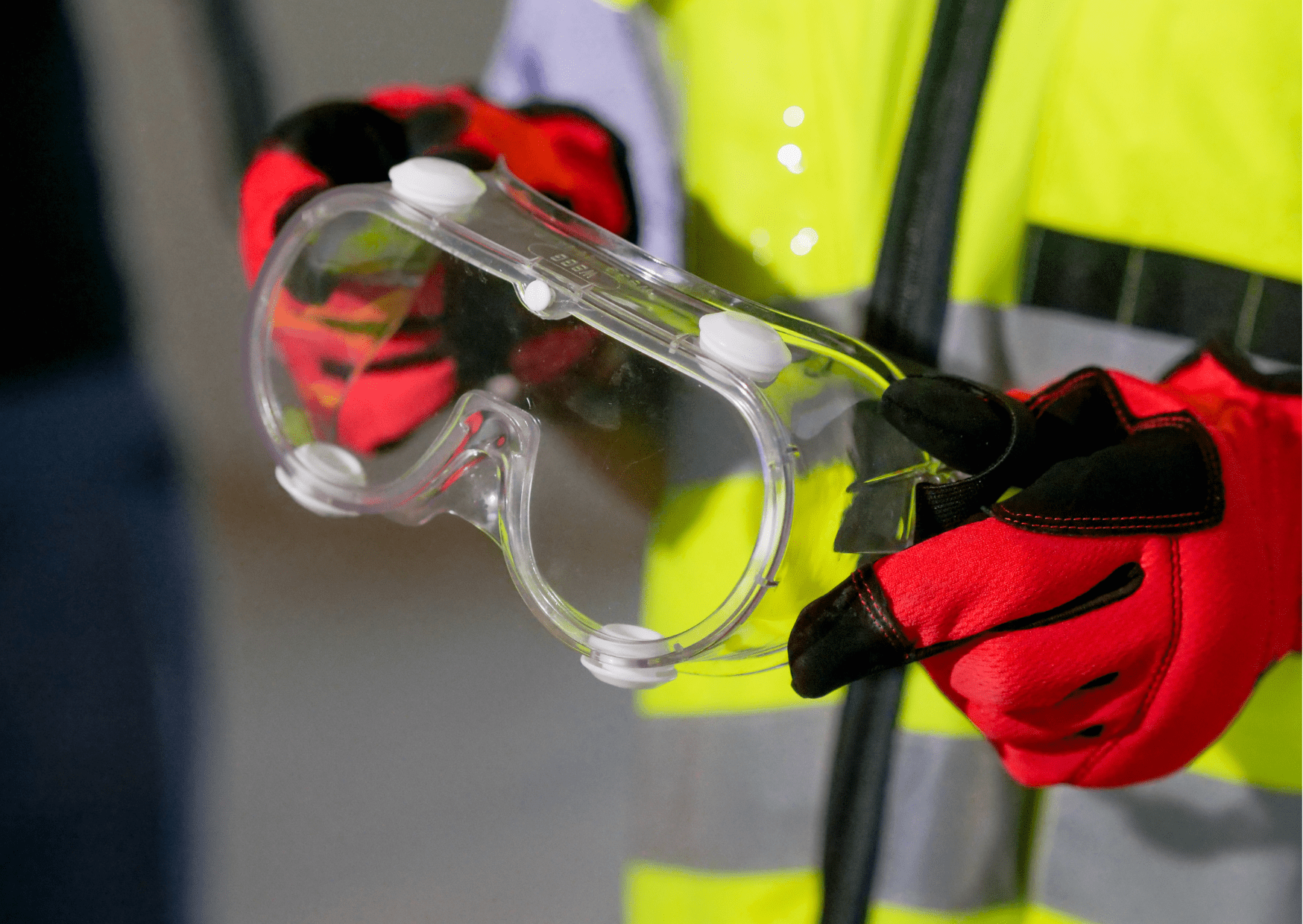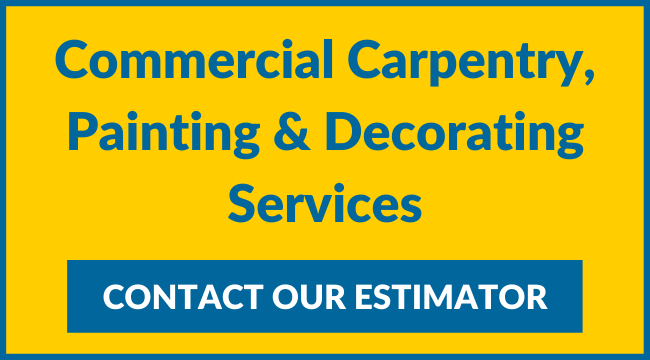
6 Tips To Avoid Taking Dangerous Shortcuts On The Construction Site
Taking shortcuts can be tempting in construction, especially if you’re feeling pressured by deadlines or you feel that taking those extra steps in planning is unnecessary and too time-consuming. However, these shortcuts can lead to dangers on site and directly result in injuries and quality issues, causing a wide range of problems. In this article, we look at six ways you can avoid taking shortcuts while still remaining time-efficient and productive.
1. Take responsibility: Construction business owners are ultimately accountable for the health and safety of every worker on their site, including subcontractors. The site management must adopt and enforce safe practices, such as wearing personal protective equipment (PPE), installing safety barriers, scaffolding and fall arrest systems, etc.
However, it is crucial that everyone on site understands good working practices and recognises the risks, taking responsibility for the safety of themselves and others and remaining mindful of safety hazards on site.
Making safety a team effort is crucial; if one person isn’t taking it seriously, it could endanger everyone on the site.
2. Be prepared: Inspections and risk assessments can seem tedious, but they are an essential part of ensuring a safe and productive work environment. By taking the time to carry out inspections and prepare or read the risk assessment and method statement (RAMS) before beginning any task, you are proactively minimising risk and ensuring that you, and those you work with, know and understand the potential hazards. In many cases, this can save time by removing the risk of unforeseen delays and incidents.
3. Simplify: Complications in working practices can lead to mistakes, misunderstandings, and shortcuts, all of which can be dangerous in construction work. Try breaking tasks down into simpler steps and milestones, which will make them easier to comprehend and, consequently reduce the risk of errors.
4. Set realistic deadlines: Rushing work can lead to reckless behaviour on-site and poor quality of work. Setting achievable and realistic deadlines will reduce stress on your workers and ensure that the work is carried out to the highest quality and safety standards.
5. Educate, promote and train: You can never be too well trained for there to be room to learn more. Make sure new members of staff are inducted on-site and are familiar with all aspects of the work they will be responsible for, as well as the company’s health and safety policies. The more staff and subcontractors understand how to work safely, the more they can identify potential safety hazards.
6. Prioritise health and safety: Most importantly, whether you are a senior manager, site supervisor, tradesperson, or apprentice, let your team know that their safety is your priority, through your words and actions. You’ll be around tools and plant all day that, if not treated with proper care and respect, and handled safely, could result in injury. If your team takes the easiest route to perform a task, at risk to their safety, it will lead to consequences that are far more dire than if you all take the time to understand and follow health and safety regulations.
Find out more
Health and safety should always be the number one priority in a construction project. By following the steps outlined in this article, you can help create a health and safety culture that benefits everyone you work with. To find out more about our health and safety policy and how we encourage safe working practices on-site, please call 07715 568102 today.
Image Source: Canva
Click on the categories below to find out more about:

Connect with Us
Share this Page
More Posts
Recent Posts
- Breathe Easy, Work Safe: The RPE Every Site Worker Needs
- From Site to Strategy: Simon Mead Promoted to Associate Director at SC4
- SC4 named Cala Contractor of the Month, October 2025
- Why is Neurodiversity so important in Construction?
- Our Favourite Carpentry Project Of 2024: Cromwell Court, Old Basing
- Case Study: Timber Frame Installation in Netley Grange, Southampton
